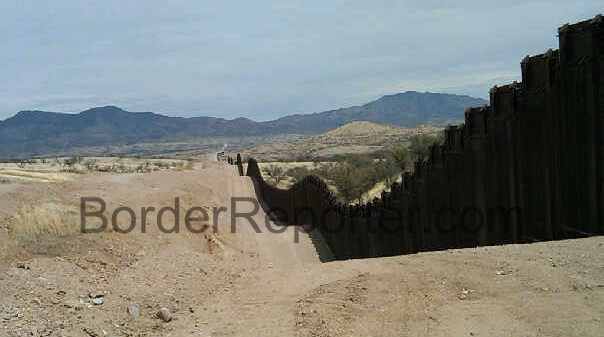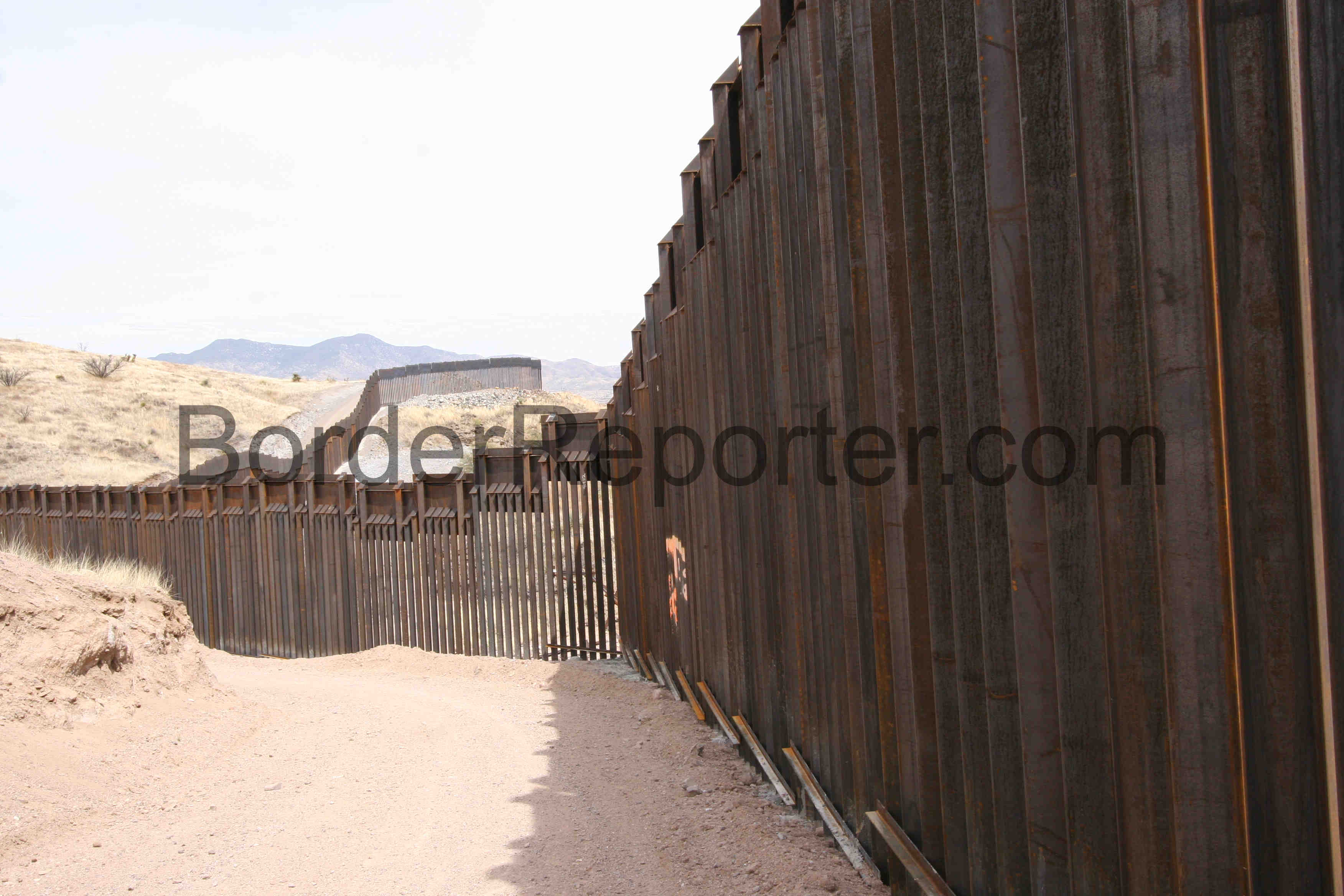THE BORDER REPORT

Out on a totally unrelated assignment down on the Ambos Nogales border when a friend suggested I take a drive down the federal border road that runs east of the twin cities.
I hadn't been out here in some time, not enough reason to justify the road-trip really, but I'm glad I listened because the engineering that went into the wall is astonishing.
Myself, I've never believed that the United States' mandate to slap steel down along the border is ever going to change a thing – though not for the reasons that are usually given as why it won't work.
The U.S. first grew serious about building border walls back in 1994, a Clinton Administration security plan that walled off the San Diego area from Mexico. It was the same year that the NAFTA treaty came into effect, and, as they say, things ever ain't been the same since.
The wall worked, sort of. It drew San Diego-bound traffic east out to Arizona and Sonora but it's never had an effect on drug trafficking in either region. The rise of the Arellano Felix brothers in the same time period as Gatekeeper demonstrates that. Federal data shows that wall or no, Tijuana is back in action as a growing cocaine corridor (that should make El Ingeniero proud). The ports of entry, the fulcrum points of cross-border trade, go ignored as the portals for narcotics. In fact, it's only
this year that the Feds released $720 million in stimulus money to upgrade the ports of entry, many of which are beleaguered by poor lane splits and technology from the seventies. The same strategies from the seventies were merely applied to the new century with the same, predictable results – illegal migrants moved to other areas to try and cross while drug trafficking maintains, rooted in the border cities on both sides. No surprise there, not for even the most casual readers who take an interest in following the recent histories of the border. I've long maintained and I always will, that the walls are built to appease Americans, not to blockade Mexicans.
Which leads me back to this structural wonder here.

The wall, polished steel rails some twelve feet high and a few feet deep, follow the rolling mountains like some shaded protrusion, a ribbon of dark steel. It looks impermeable and though I didn't drive it out to Cochise County, my friends in that area of the state say it's mostly intact all the way out.
You look at this steel wall (and no matter how badly Homeland wants to deny it, this is a wall) and you can almost believe; there's no way a pack of drug mules is going to scale that thing with 50-pound sacks of weed on their back and not be noticed. No way for beat-to-hell Ford F-150s laden with a ton of Sinaloan schwag to slip through on their way to Interstate 10.
Some sad group of migrants is going to end with badly sprained ankles or worse trying to clamber over, you would think.
Then I noticed the gate.

Gates, actually. Immense eight footers with a six inch cross-beam and a simple lock protected by a steel sheath. One every mile or so. I'll admit, for a second, all the conspiracy theories that generally buzz around in my head suddenly made sense. Calm down, I thought, nobody's
that obvious.

But I did want to know what in the world these gates were doing here.
"Man, just look at the size of that thing," said an old friend on the Arizona side when I showed him a picture. "You could fit a Humvee through there."
Oh, come on.
He grinned, warming to his fantasies. "Or a tank."
"
No te digo, cabrón," says an even older friend, a radio reporter on the Sonora side, one of these crusty old guys, with theories going back to Jose Luis Portillo and Jimmy Carter.
Finally, I got the answer from a state cop.
Turns out the gates were built into the wall for the use of the International Water and Boundary Commission, the binational agency who monitors the boundary of the two countries.
Okay, I was a little disappointed, I'll admit.
"Of course," the guys says, "that doesn't mean you
can't drive a tank through," he said. "You're just not supposed to."
 Assuming everyone was in on the job, you can imagine the back-end dealings that went into this quiet negotiation. The Space Shuttle Discovery that's set to launch will be carrying at least two flags onboard, the green, blue and yellow of the U.S. Border Patrol and the red, white and green of México.
Assuming everyone was in on the job, you can imagine the back-end dealings that went into this quiet negotiation. The Space Shuttle Discovery that's set to launch will be carrying at least two flags onboard, the green, blue and yellow of the U.S. Border Patrol and the red, white and green of México.







